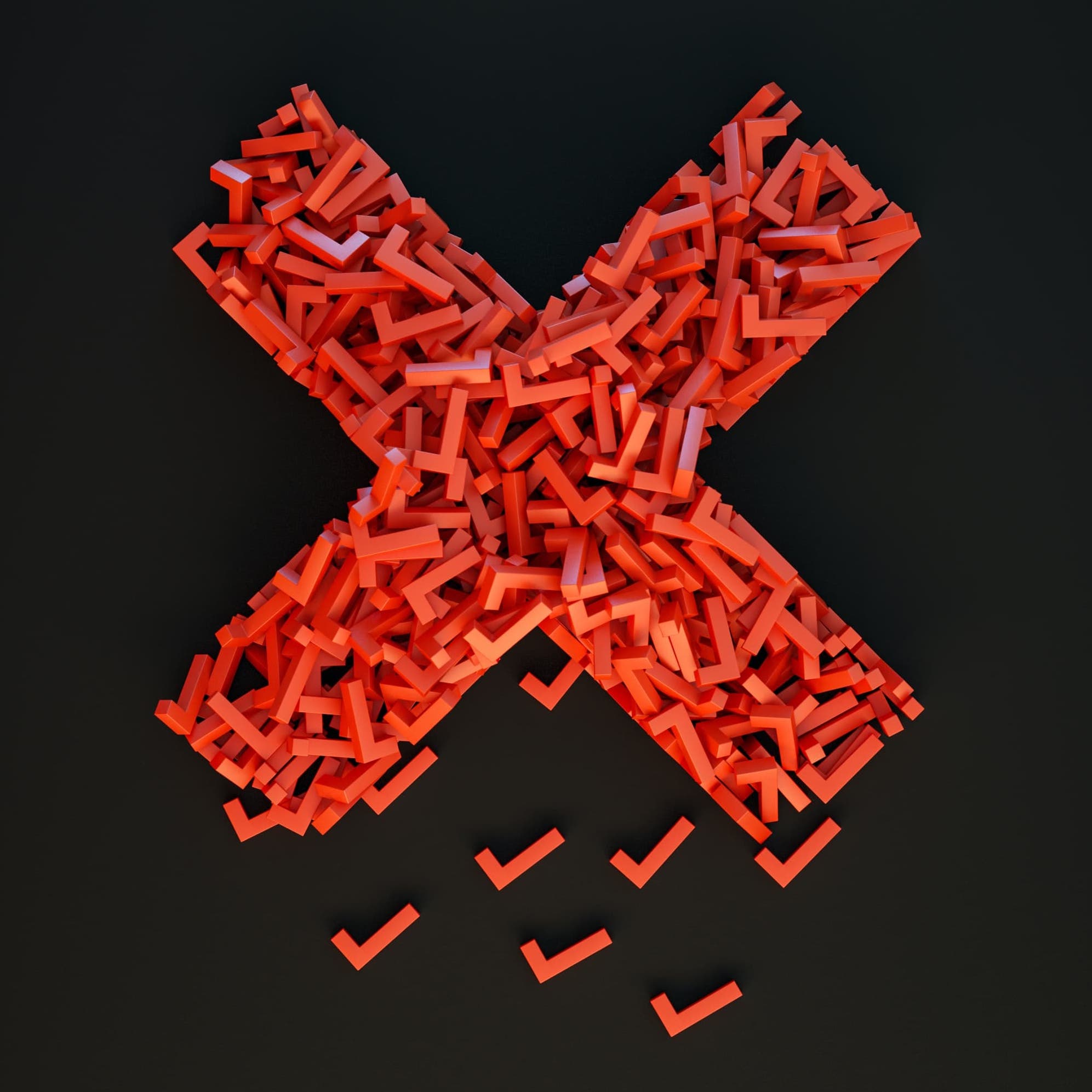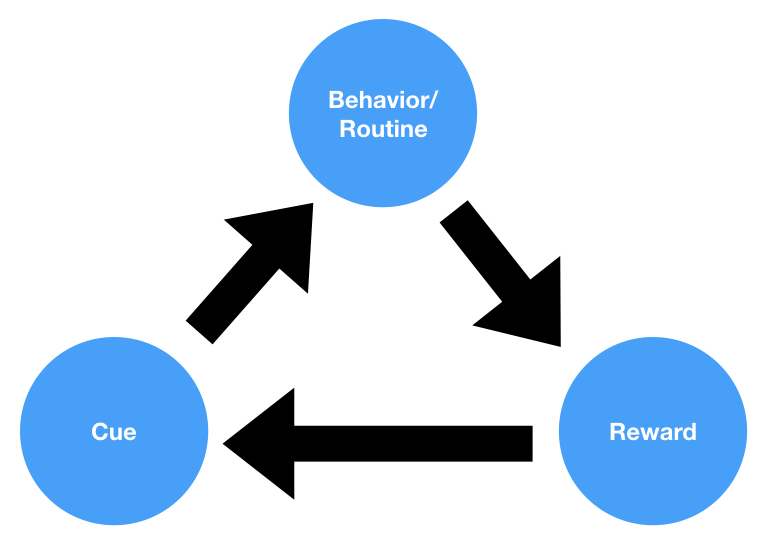Get My guide to hiring a behavioral science expert
I’ve compiled the most important information from this overview into a short guide on hiring a behavioral science expert for your needs. You can download this guide when you subscribe to my newsletter using the form at the end of this article.
Why you probably shouldn’t hire a behavioral science consultancy
Behavioral science is facing significant challenges. Recent analyses reveal that only between 36% and 62% of the research in the field can be replicated, and the studies that can be replicated often demonstrate effect sizes only half as large as originally reported. Even the most in-depth study to date on real-world behavioral science “nudging” has shown disappointing results, with nudges achieving just a 1.4% absolute effect size, only 1/6th of what academic research would predict.
For the past 13+ years, I’ve been an applied behavioral scientist, and my experiences have led me to a critical examination of the field. In this article, I’m going to share what I’ve learned, and why I believe there are more effective alternatives to traditional behavioral science consultancy.
My journey in this field began when I founded the first technology-focused behavioral science firm in Silicon Valley. I later co-founded and led the first applied behavioral science team at a Fortune 50 company. Throughout these experiences, I’ve worked with dozens of companies, helping them make their products more engaging, retentive, and habit-forming. I’ve also run hundreds of experiments in the wild, testing academic research concepts in high-stakes situations. These roles have provided me with a unique view on the field, revealing challenges and inconsistencies that might not be immediately apparent. What I’ve seen hasn’t been pretty, and at this point, I don’t think I would be comfortable working with any behavioral science consultants or behavioral science consultancies—the research they base their interventions on is just too weak.
If you’re interested in hiring a behavioral science consultant or behavioral science consultancy, I would encourage you to save your money and invest that budget into user experience (UX) and product development. Most behavioral science consultancies just end up doing usability and UX work, but charging a much higher rate. This is even true of the most widely publicized and vaunted behavioral science teams, such as the White House’s Social and Behavioral Sciences Team. Their work was almost entirely focused on simplification, which is just another term for usability work. Their focus was on making the desired behaviors easier for people to perform. This sort of work has been done by UX teams at virtually every technology company for the last 20+ years, and there are thousands of terrific UX specialists and firms available to tackle this work for your company.
If you’re looking to optimize an already existing product, a great UX researcher or designer will be able to do better simplification/usability work than any behavioral science consultant.
If, however, you haven’t built a product yet, and are still in the planning stages of your efforts, it would be good idea to work with a Behavioral Strategist.
Behavioral Strategy
Every new project has a business goal. Whether it’s increasing market share with millennials, increasing financial literacy of high school students, reducing the return rate, or decreasing customer acquisition cost (CAC), every new project can be tied to a specific goal or KPI.
The art of strategic planning is figuring out the highest probability and most efficient way of achieving a given company goal or KPI. Behavioral Strategy takes this one step further by helping businesses figure out which behavior they should be building their strategy around.
Once a business has identified the best action for their customers to take, the project becomes about figuring out the best way to encourage customers to do it—usually by creating a new product or service. So if the desired behavior is “eat more vegetables”, the product/service can take the form of a vegetable subscription box, an grocery app with a large selection of organic produce, a local farm finder, a farmer’s market finder (with email alerts), a recipe app with veggie-heavy recommendations, an app that recommends a vegetarian dish at a local restaurant/takeout spot, etc.
The point is that for every behavior there are a variety of different products/services that can facilitate its performance. The specific product or service you end up creating is going to depend on your organization and its goals. For the “eat more vegetables” example, a company like Walmart might choose something like “weekly vegetable subscription box” or “grocery app with large selection of organic produce”, but a nonprofit or public health agency might choose the recipe app or the farmer’s market finder. Walmart probably has revenue or wallet share as a goal, while the nonprofit and public health agency probably have goals around health, medical bills, etc.
Behavioral Strategy Process
The Behavioral Strategy process consists of 4 primary steps, with one conditional step:
Step 1: Define the Goal
In this step, the team gets clear on the goal of the project or product.
Step 2: Define the User
In this step, the team defines the target user group.
Step 3: Behavioral Research
In this step, the team researches the target user group to better understand their psychology, behavioral repertoire, and general living situation.
Step 4: Behavior Matching
In this step, the team identifies behaviors that the target user group can engage in and scores them based on their effectiveness, in order for both the business/organization and the target user group to succeed in achieving their goals.
Conditional step: Behavioral Innovation
Sometimes, a pre-existing behavior is not available for the goal-user-group combination at hand. In this case, the team needs to invent a new behavior. This happens all the time. For example, SnapChat invented the “snap”— a disappearing message or video.
Increasing your odds of building a behavior-changing or habit-forming product
For organizations that are serious about setting themselves up for habit formation and behavior-change success, all four steps should be done at the beginning of each new project.
However, it is also possible to just work with a Behavioral Strategist who can join all the early strategic planning meetings and ensure that behavior has a seat at the table. Too often, the strategy process forgets to focus on customer behavior and psychology. However, these are where most projects fail. A new product or service is only going to be as successful as its ability to harness or change behavior. If no one uses a new product or service, it’s a failure. If a lot of people use it, it’s a success. This is why Behavioral Strategy is turning into a necessary part of the strategy and planning process. Having a behavioral expert who can ensure that behavioral insights are incorporated and given proper weight in the planning process is table stakes in the new engagement economy.
Schedule your free behavioral strategy session
Behavioral Science Consulting is Often a waste of money
There are very few behavioral scientists who are worth the money. The best behavioral scientists are those who have common sense, a critical eye, and other practical skills. Consider working with a behavioral scientist who is also a skilled UX/UI designer, developer, or data scientist. At the end of the day, you want someone who thinks about the behavioral implications of design and product decisions. People with a background in the behavioral sciences who do not have practical skills or experience building and launching products generally come up with ideas and interventions that are either impractical or ineffective.
For this reason, if you’ve already built a product or service that isn’t as engaging as you’d hoped, you should probably not hire a behavioral scientist. Hire a UX designer/researcher or get a Behavioral Strategist to do a product and strategy analysis.
Behavioral Economics interventions are not effective in the real world
As stated earlier, behavioral economics interventions have a 1.4% absolute impact on average in the real world—1/6th of what is expected from the literature.
After years using and testing behavioral economics research in the wild (and writing a set of guides on how to apply behavioral economics research to marketing and product design), it is my belief that the field is not useful for real-world problems. It is also my belief that behavioral economics will fall from grace in the coming years and slowly dwindle as an applied discipline. Its behavior-change tools are just not very effective.
Behavioral Design is often too little, too late
Behavioral Design (also known as Behavior Design) is an approach to changing behavior by systematically tweaking a product or service so that it is easier to use or more psychologically engaging. For example, Behavioral Designers will work to add more triggers or motivating elements to a product. The belief is that by making a few simple tweaks, it’s possible to dramatically increase a user’s motivation, commitment, etc. However, this is usually not the case. Human behavior is not that easily malleable, and humans are not ping pong balls that are moved with little effort. The fact of the matter is that behavior change is difficult, and people generally only do things that are meaningful to them. If your product or service does not solve an important problem in their lives, it is probably not going to be meaningful to them. No amount of simplification, nudging, or gamification is going to change this.
This is why Behavioral Strategy is so important. It’s necessary to spend time researching and collecting data on the people we’re attempting to influence, so that we are sure that we’re fulfilling a true need in their lives. We also want to make sure that we’re solving this true need in a way that is effective, easy, compelling, and enjoyable for them. Only by doing this analysis up front can we build a customer experience that is going to engage them and change their behavior. If a product or service doesn’t resonate with the unique needs and perspectives of the target audience, it is likely to fail, regardless of behavioral design tactics.
Too few actionable insights, not enough reliable knowledge
In summary, applied behavioral disciplines frequently fall short in both effectiveness and reliability. The trustworthiness of the research underlying these approaches is increasingly being questioned, as evident in the ongoing reproducibility crisis. Furthermore, real-world data about the actual impact of these techniques is often disappointing or inconclusive. This lack of solid evidence casts doubt on the overall efficacy of applied behavioral science methods, suggesting that they may not be as promising or universally applicable as once believed.
Why should you trust me?
I’ve been doing applied behavioral science work in the technology world longer than anyone I know of (other than one of my mentors, BJ Fogg).
- Founded the first behavioral science firm in Silicon Valley, which focused on helping startups build better, more engaging products.
- Studied neuroscience at Stanford University, and was lead researcher in BJ Fogg’s Stanford Persuasive Technology Lab. While in the lab, was involved in the creation of the field now commonly known as Behavior Design. My work in the lab was featured at the World Economic Forum in Davos.
- I consulted for Irrational Labs, helping them learn how to apply behavioral science research to interface and product design. In addition, I spearheaded the writing of their workbooks on how to apply behavioral economics research to marketing and product problems. I also helped Dan Ariely design the first version of Kavaanu (later renamed Timeful), which was eventually acquired by Google.
- Co-founded Walmart’s behavioral science team, and was Global Head of Behavioral Science for the company—applying research to dozens of marketing, product, and store initiatives at the company. Our group was responsible for the new member experience at Sam’s Club, and was integral to the creation of new store concepts (Sam’s Now), in-store order pickup, the in-store return experience, and checkout design. Worked with senior executives across the company on many of the company’s most important initiatives.
- Have had one startup exit (Kite.io).
- Currently running a recruiting and staffing firm (Persona) that uses behavioral science research to recruit more effectively. Clients include: On Deck, OpenStore, Forethought.ai, IDEXX, Matter, Apollo, Distru, and hundreds more.
Schedule your free behavioral strategy session





